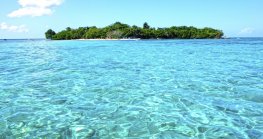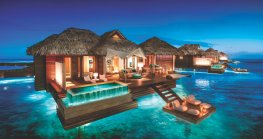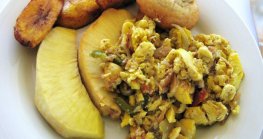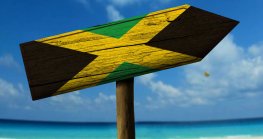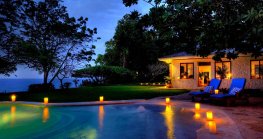The evolution of fashion in Jamaica

Have you ever noticed how Jamaica’s style speaks before a word is even said?
Maybe it’s the bright colors.
Maybe it’s the rhythm of the streets, where fashion moves with the same confidence as Reggae.
From handmade straw hats to Dancehall couture, Jamaican fashion has always been about expression.
Every stitch tells a story.
Colonial dress to cultural pride
Fashion in Jamaica began with function and survival.
Long before colonisation, the Taíno, Jamaica’s first known people, wore very little.
Men wore a small woven loincloth. Women sometimes wore an apron of cotton or palm fibres.
They often decorated their bodies with shells, feathers, gold pendants, or paint.
When Europeans arrived, they brought formal clothing.
Plantation overseers, merchants, and plantation owners wore fitted jackets, waistcoats, and long skirts.
They demanded that those under their rule adopt European-style dress as a sign of order and status.
During slavery, enslaved Africans adapted what they were given but infused it with meaning.
They wore headwraps, bright cloths, and handmade accessories.
Many women would gather scraps of fabric and beads to create unique garments.
They turned their dress into a hidden language of identity and resistance.
After emancipation in 1838, Jamaicans began to dress with pride.
Women became skilled seamstresses.
They combined practicality with elegance.
Market women wore aprons and head ties made from bandana cloth.
The bandana dress, made from red and white checked cloth, became Jamaica's national dress.
Roots, rebellion and Reggae
By the 1960s and 70s, fashion in Jamaica became a reflection of social change.
Reggae music and Rastafari culture shaped a new identity.
Men wore knitted tams, khaki suits, and military-style jackets.
Women embraced natural hairstyles, African-inspired prints, and handmade jewelry.
Clothing became a language of resistance and pride.
What people wore said, “I am free. I am seen.”
Streetwear to runway
The 1990s brought a different kind of energy.
Dancehall culture turned fashion into a spectacle of creativity.
Sequins, leather, animal prints, metallic fabrics, nothing was too daring.
Outfits were designed to be noticed, reflecting the confidence of the music and the people.
Streetwear became a stage for individuality.
As the years passed, Jamaican fashion matured but never lost its spark.
Designers like Cedella Marley, Carlton Brown, and Janel Jolly brought the vibrancy of the island to international runways.
Local brands combined modern tailoring with traditional craft, proving that Jamaican fashion can be global.
Jamaica's evolving fashion scene
Today, fashion in Jamaica continues to evolve.
You see the changes in school uniforms, church hats, and the splash of color in every town square.
Jamaican fashion isn’t just about what’s trending.
It’s about who we are at every stage of our development.
© 2019 Jamaica Experiences All Rights Reserved





